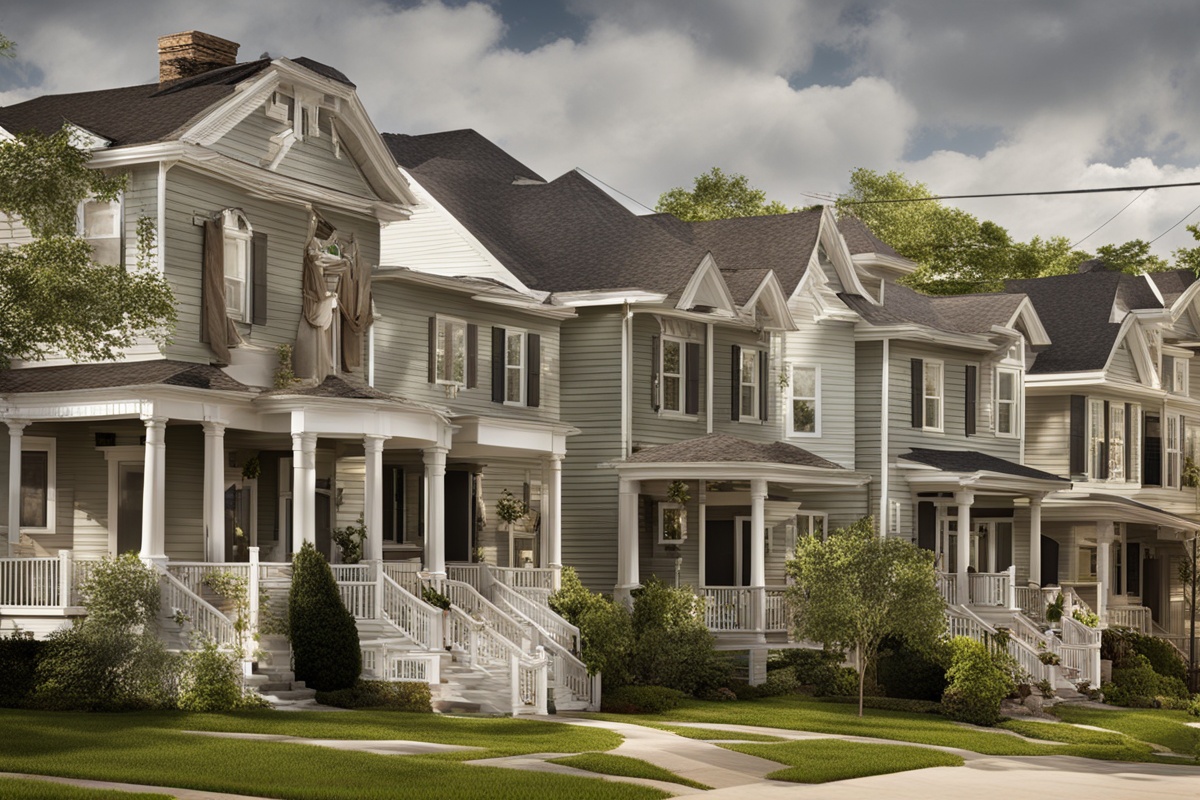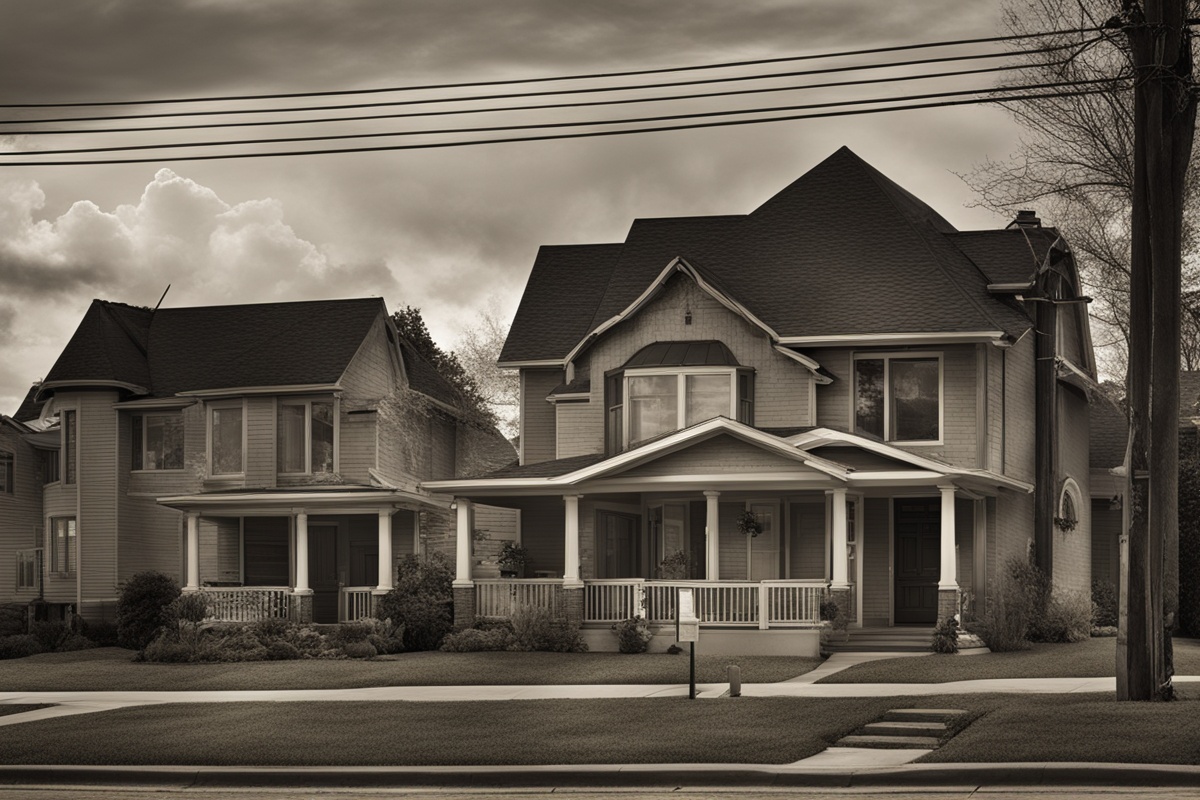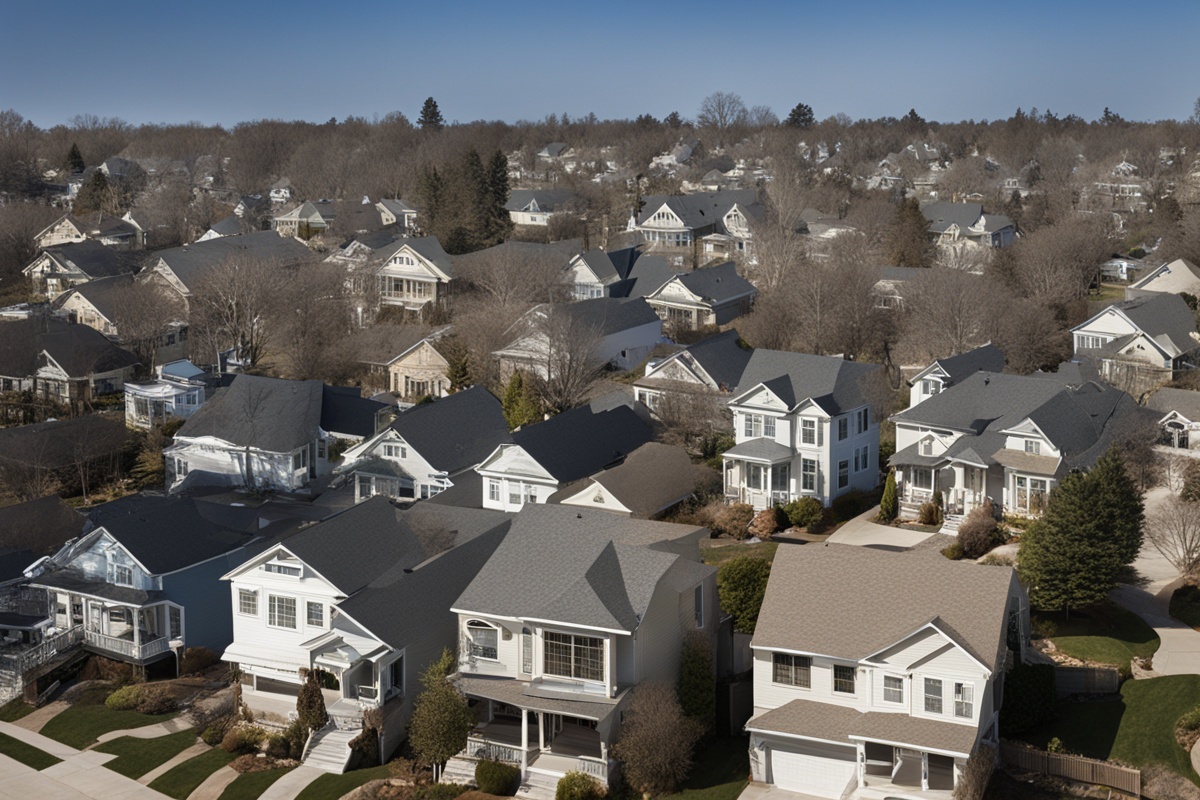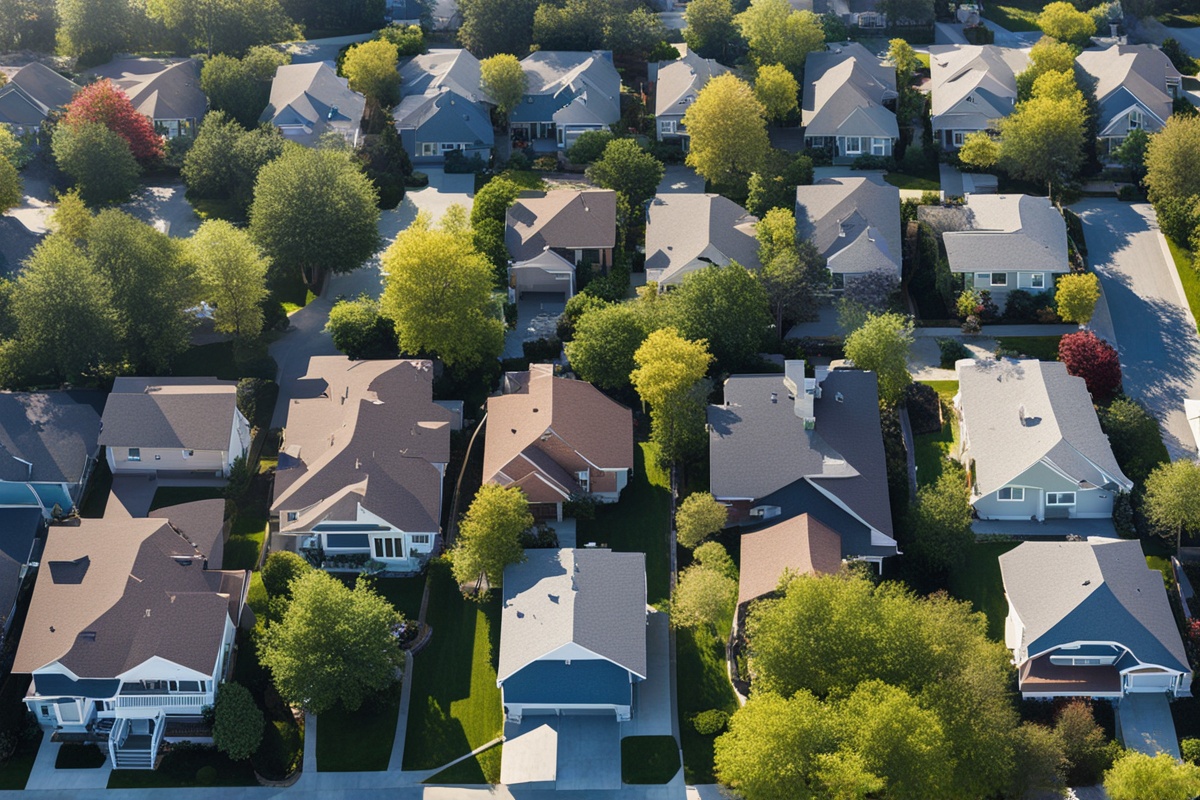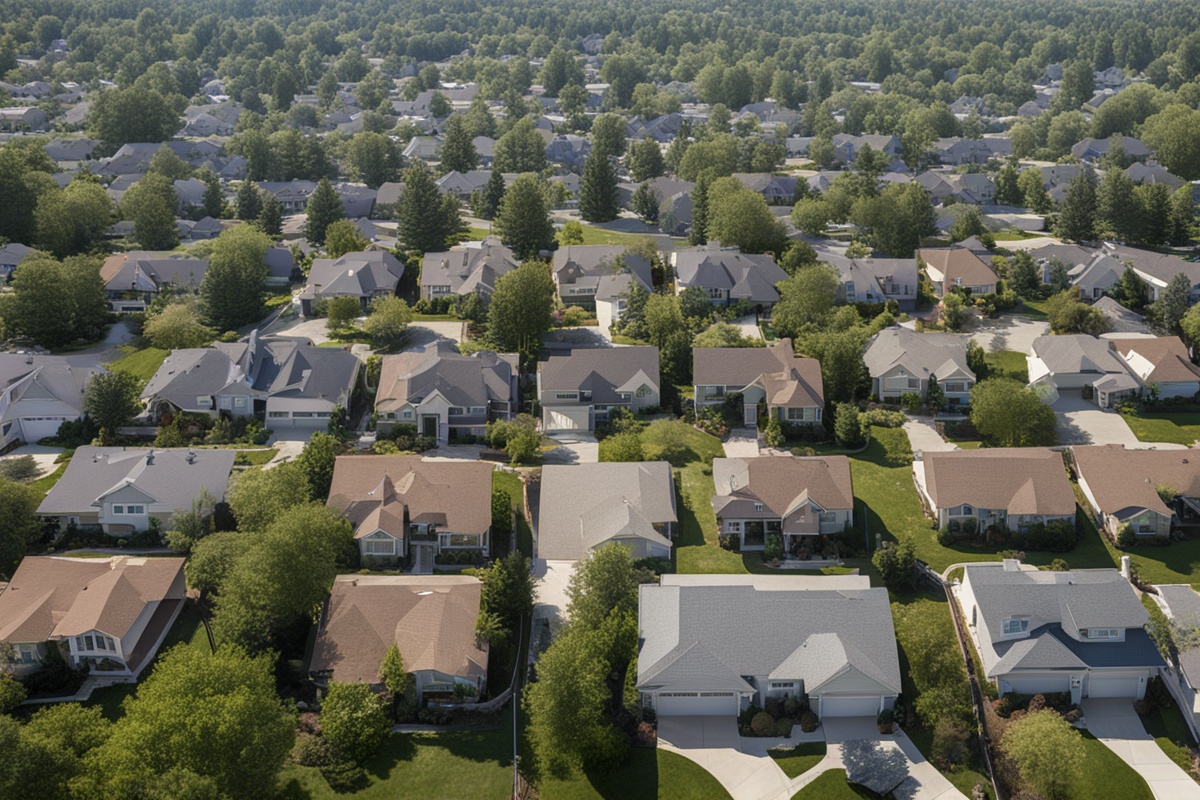Foreclosures can leave lasting scars on a neighborhood, impacting property values, community morale, and local economies. However, with concerted efforts, communities can bounce back through strategic planning, resident involvement, and targeted initiatives. This post explores the multifaceted process of neighborhood recovery after foreclosures, offering insights into how communities can rebuild stronger than before. From addressing vacant properties to fostering local partnerships, we’ll dive into actionable steps that pave the way for renewal and resilience.
The Impact of Foreclosures on Neighborhoods
Foreclosures don’t just affect individual homeowners; they ripple through entire communities. When properties are foreclosed, they often sit vacant, becoming magnets for vandalism, crime, and neglect. This can lead to a decline in property values for surrounding homes, making it harder for other residents to sell or refinance. Moreover, the aesthetic decline of a neighborhood—overgrown lawns, boarded-up windows—can erode community pride and cohesion. Understanding the depth of these challenges is the first step in neighborhood recovery after foreclosures, as it highlights the urgent need for intervention.
Beyond the visible decay, foreclosures can strain local resources. Municipalities may lose tax revenue from unpaid property taxes, limiting funds for schools, infrastructure, and public safety. The social fabric of a neighborhood can also fray as families are displaced, disrupting long-standing relationships and support networks. Recognizing these interconnected issues sets the stage for comprehensive recovery strategies.
Addressing Vacant Properties for Recovery
One of the most pressing issues in neighborhood recovery after foreclosures is dealing with vacant and abandoned properties. These homes can become liabilities if left unaddressed, but they also present opportunities for revitalization. Local governments and community organizations can collaborate to implement programs like land banking, where municipalities acquire foreclosed properties to prevent further deterioration. These properties can then be rehabilitated or sold to developers committed to community improvement.
Another approach is encouraging “mothballing”—securing vacant homes to prevent damage while awaiting redevelopment. Community members can also play a role by reporting neglected properties to local authorities or organizing cleanup initiatives. For more ideas on managing vacant properties, check out our post on Community Revitalization Strategies, which offers additional insights into transforming blighted areas into thriving spaces.
Engaging Residents in the Recovery Process
A successful neighborhood recovery after foreclosures hinges on resident involvement. Communities heal faster when residents feel empowered to contribute to solutions. Neighborhood associations can organize town hall meetings to discuss priorities, brainstorm ideas, and allocate resources. These gatherings foster a sense of ownership and accountability, ensuring that recovery efforts align with the community’s unique needs.
Grassroots initiatives, such as community gardens or mural projects on vacant lots, can also rebuild pride and connection. Residents can partner with local nonprofits to access grants or training for small-scale projects. To learn more about fostering community engagement, explore our guide on Building Strong Neighborhood Associations, which details how to mobilize residents for lasting change.
Leveraging Partnerships and Funding for Rebuilding
Recovery often requires resources beyond what a neighborhood can provide on its own. Forming partnerships with government agencies, private investors, and nonprofit organizations is crucial for neighborhood recovery after foreclosures. Federal programs, such as those offered by the U.S. Department of Housing and Urban Development (HUD), provide grants and loans for community redevelopment. Local governments can also offer tax incentives to developers who prioritize affordable housing in affected areas.
Banks and financial institutions, often involved in the foreclosure process, can be encouraged to participate in recovery by donating properties or funding rehabilitation projects. Community Development Financial Institutions (CDFIs) are another valuable resource, offering loans and technical assistance to underserved areas. For a deeper dive into funding options, see our article on Securing Grants for Community Projects, which outlines various avenues for financial support.
Restoring Economic Stability in the Neighborhood
Foreclosures often destabilize local economies, but targeted efforts can help restore balance. Encouraging small business growth is a powerful tool for neighborhood recovery after foreclosures. Vacant commercial spaces can be repurposed into incubators for entrepreneurs, providing affordable rent and mentorship programs. Local governments can support this by offering tax breaks or streamlined permitting processes for new businesses in recovery zones.
Additionally, workforce development programs can help displaced residents regain financial footing. Partnerships with vocational schools or job training centers can equip individuals with skills for in-demand industries, reducing unemployment and boosting local spending. Economic recovery also ties into housing stability—ensuring affordable housing options prevents further displacement and supports long-term growth.
Building Long-Term Resilience Against Future Crises
While immediate recovery is critical, neighborhoods must also prepare for future challenges to avoid repeating the cycle of decline. Building resilience as part of neighborhood recovery after foreclosures involves creating policies and programs that safeguard against economic downturns. This can include establishing community land trusts to maintain affordable housing stock or offering financial literacy programs to help residents manage mortgages and avoid default.
Infrastructure improvements, such as better public transportation and green spaces, can also enhance a neighborhood’s appeal and stability. Engaging in proactive urban planning ensures that recovery efforts are sustainable. For more on creating resilient communities, read our piece on Urban Planning for Sustainable Neighborhoods, which explores long-term strategies for growth and stability.
Disclaimer: The information provided in this post is for general informational purposes only and should not be construed as legal, financial, or professional advice. While we strive to ensure the accuracy of the content, we make no guarantees regarding the completeness or applicability of the information to specific situations. Readers are encouraged to consult with qualified professionals or local authorities before implementing any strategies discussed in this article related to neighborhood recovery after foreclosures.
References
- U.S. Department of Housing and Urban Development – Foreclosure Resources
- Urban Institute – The Impact of Foreclosures on Neighborhoods
- Federal Reserve – Community Recovery After Foreclosures
- National League of Cities – Addressing Vacant Properties in Communities
- Brookings Institution – Rebuilding Neighborhoods Post-Foreclosure
This content is for informational purposes only and not a substitute for professional advice.

